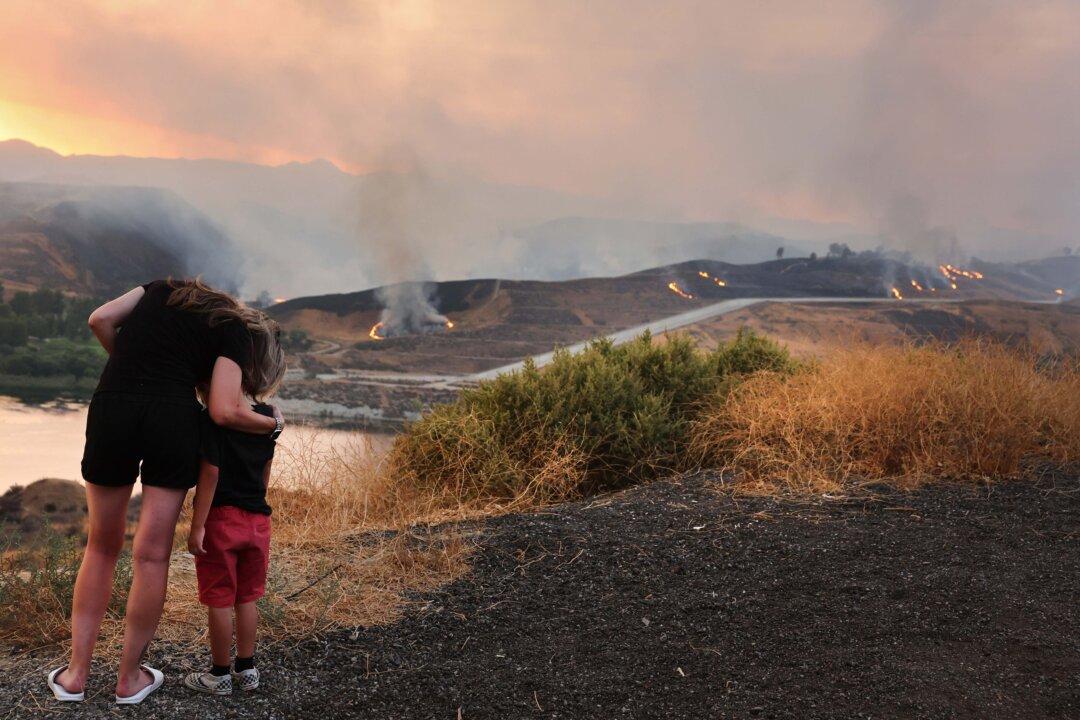California Gov. Gavin Newsom declared a state of emergency on Wednesday as a heatwave spread across the western United States that is set to strain the power grid with increased energy demand.
Newsom’s declaration will temporarily increase energy production and reduce demand, he said. The governor’s emergency proclamation comes after the California Independent System Operator called a “Flex Alert” on Aug. 31, asking Californians to reduce their electricity consumption between 4 p.m. and 9 p.m. this week to save power and reduce the risk of outages.




